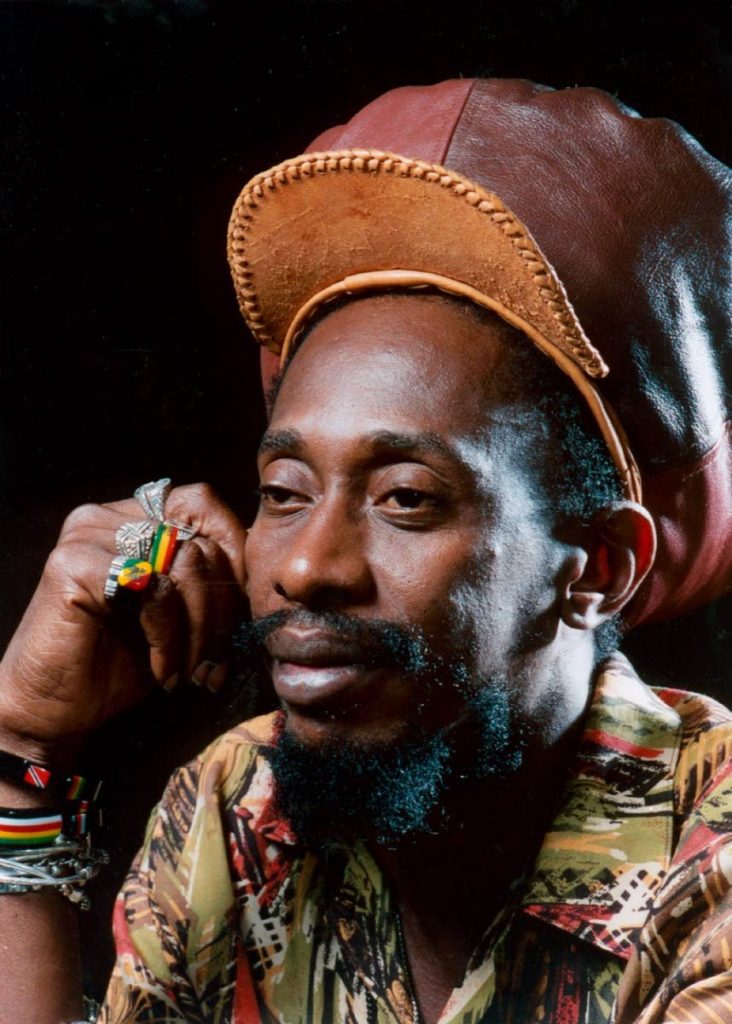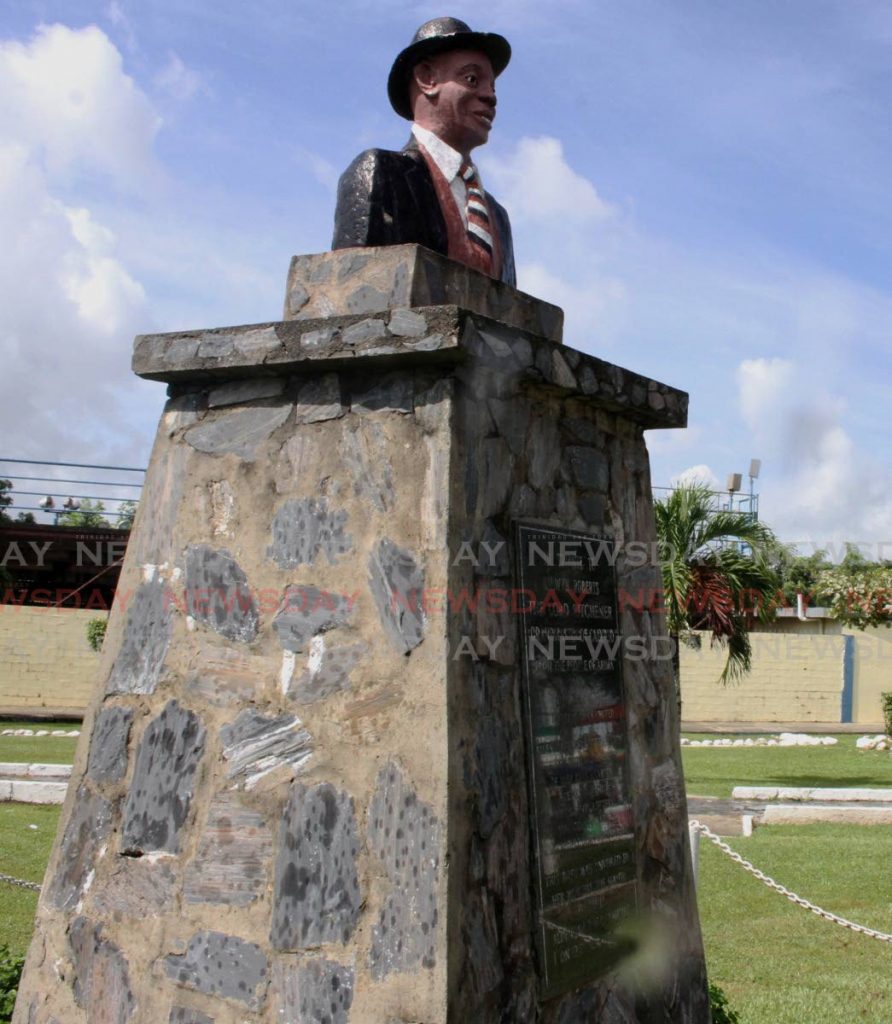The cultural regeneration of East Port of Spain

“I left Trinidad in 1948, went to London and made my first recording. I was a big hit in England. I used to sing at the Churchill where Princess Margaret used to visit very often. Well the people went crazy over the song (Ah Bernice). They thought it was very sexy and thing like that. They started coming to the club in the hundreds.” –
Lord Kitchener
IN OUR ritualistic way, we remembered Brother Resistance with musical tributes, full-page advertisements and a public viewing of his body.
But I am curious. How will we really remember him?
As we plan for the regeneration of East Port of Spain, what role will his memory play in enriching the place he loved? How may we nurture cultural memory in other communities and build a stronger national identity through art in public spaces?
The year was 1948 and an impoverished but talented young calypsonian called Lord Kitchener joined scores of other hopeful Caribbean people on a ship headed to England called the MV Empire Windrush. It was before independence, “so they believed they were British citizens.”
For over 20 years, thousands of people left this region seeking a better life. Some, like Lord Kitchener, were successful, but many filled ordinary roles – in the postal service, public transport, manufacturing, or in the health sector as nurses. In the immediate post-WWII reality, Britain needed to rebuild its economy; the Windrush generation served the goals of the "mother country" well.

Decades later, with her economy prospering, Britain forgot about the contributions of Lord Kitchener and others.
It is now common knowledge that proper records were not kept of those who arrived. Worse, many were deported for lack of paperwork proving their residency rights. Today, after a scandal, a report and an apology, a monument will be built to honour the Windrush Generation and their descendants.
The piece will be mounted in London as a permanent reminder of the contribution made by Caribbean people to British society. Not surprisingly, one of the finalists in the competition to create this piece of art is of TT heritage.
The lessons of the Windrush Generation resonate at home.
Lord Kitchener, who travelled around the world as a calypsonian, created winning music for the steelpan and transformed the Carnival industry, was inspired by his life in East Port Spain. Legend tells of how he slept in La Cou Harpe, associated with thr famous steelband Renegades. He virtually lived in a steelband called Bar 20, now known as Casablanca.
“I lived there among the players, so it’s only obvious that if I had to compose, I’ll be composing something about the pan. That’s where I got my inspiration to compose about the pan because I lived right in the yard with the panmen there.”
Yet the memory of Lord Kitchener has not been used to uplift the communities that nurtured his genius.
His statue sits, out of context and with little impact, in the midst of a field, a roundabout, a club and an imposing high-rise structure of exclusive apartments.
It is the same with other creative forces. Andre Tanker, whose music defined an age, has no presence in Woodbrook.
True, some signs are being put up, like Austin Lyons Street in Point Fortin, but you already know that I will say it is not enough.
The showcasing of art in public spaces is a simple, yet effective way to help communities remember their stories. In TT, our stories live through Carnival and in community celebrations from Ramleela to Hosay and the Osun river festival. Our collective memories live through poetry, literature, dance and other creative forms.
The people of East Port of Spain seek simple remedies – no more flooding, safer streets. However, when we conceptualise the regeneration of East Port of Spain and other urban spaces, the cultural essence of the community must take centre stage.
Our plans must recognise that there is cultural significance in the contour of a building, the bend in a road, even the bench in front the parlour. There is significance in the abandoned lot in Quarry Street that was the foundation of Network Riddim Band, destroyed by the state for fear of its subversive effect on the community.
“Kitch, come go to bed/I have a small comb to scratch your head/Kitch, don’t make me cry/You know I love you, you playing shy.”
How should our nation remember? By creating cultural spaces that shift powerful memories into the present and empower communities with the power of the past.
Dara E Healy is a performance artist and founder of the Indigenous Creative Arts Network – ICAN.



Comments
"The cultural regeneration of East Port of Spain"